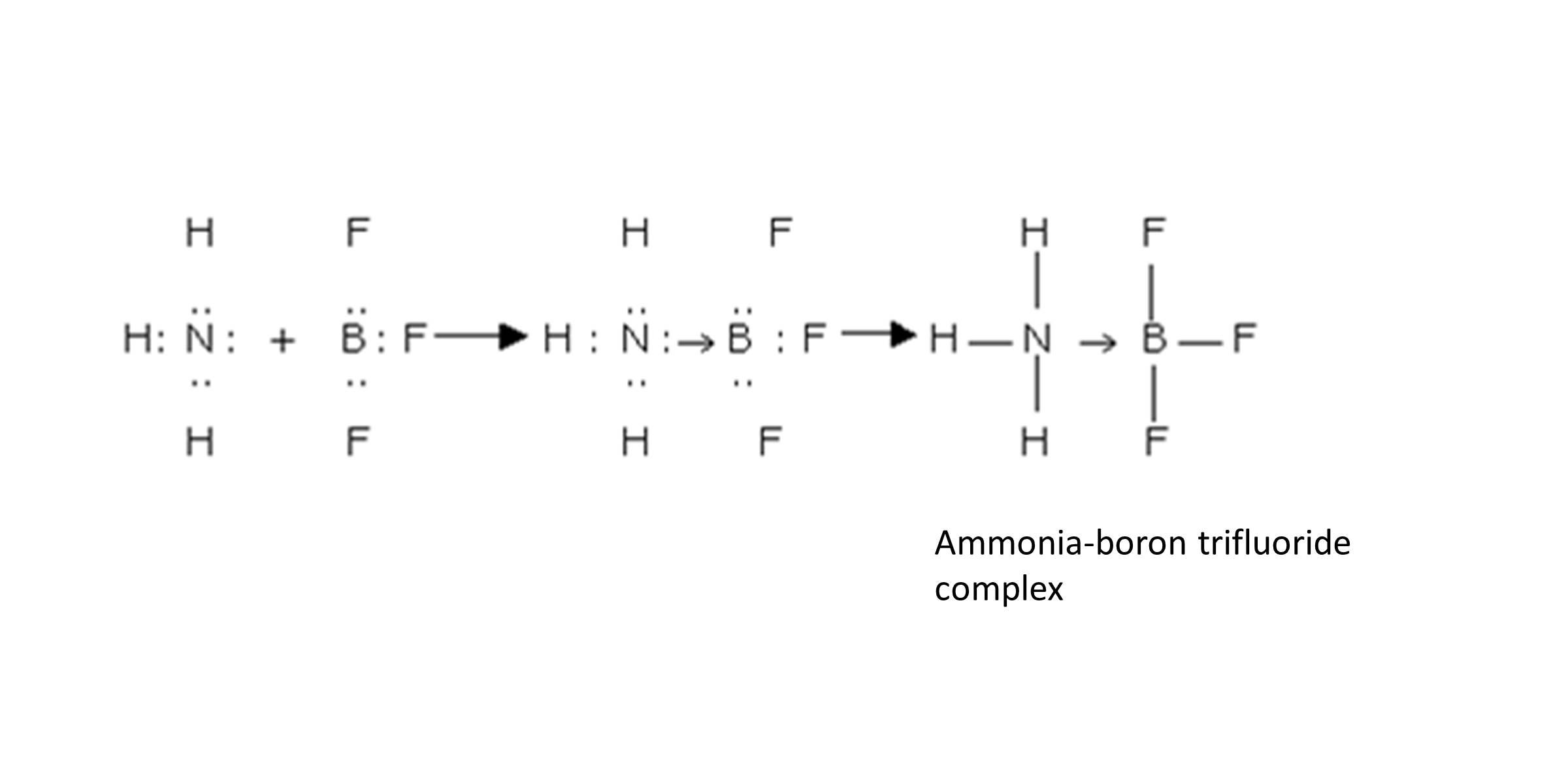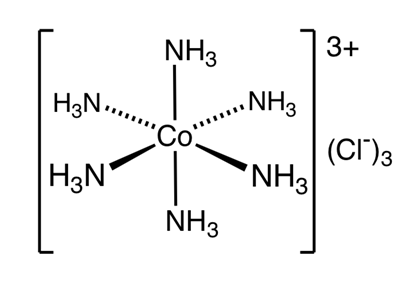
What is a coordinated bond?
Answer
493.8k+ views
Hint: We must know that the coordinate bond is a type of bonding commonly observed in coordination compounds. In this type of bonding, an electron pair is donated completely from a single atom/molecule to metal atom.
Complete step by step solution:
Therefore, Co-ordinated bond is a type of an alternate covalent bond; in this bond the electron pair is completely shared from a single atom. It is therefore also called a dative bond.
Some characteristics of coordinate covalent bond are given below:-
In coordinate bonding, the atom that shares an electron pair is termed as the donor.
The atom which accepts these shared pairs of electrons is known as an acceptor.
This type of bonding is represented with an arrow
Coordinate bond diagram:
A simple representation of the diagram of a co-ordinate bond is shown below. For example, we can take the bonding between ammonia with boron trifluoride. Boron trifluoride is an electron deficient molecule which accepts a pair of electrons from nitrogen of ammonia. The bond is shown by an arrow which points in the direction of the boron atom.

Another example is hexaamminecobalt (III) chloride

Note: We can call the compounds made from coordinate bonds as coordination compounds. It has importance in the biological system; the coordination compounds also play a vital role in metallurgy and medicine. For example, haemoglobin contains coordinated bonds. It is composed of a heme group, which has a porphyrin ring molecule coordinated to a metal iron using the four nitrogen atoms as electron-pair donors.
Complete step by step solution:
Therefore, Co-ordinated bond is a type of an alternate covalent bond; in this bond the electron pair is completely shared from a single atom. It is therefore also called a dative bond.
Some characteristics of coordinate covalent bond are given below:-
In coordinate bonding, the atom that shares an electron pair is termed as the donor.
The atom which accepts these shared pairs of electrons is known as an acceptor.
This type of bonding is represented with an arrow
Coordinate bond diagram:
A simple representation of the diagram of a co-ordinate bond is shown below. For example, we can take the bonding between ammonia with boron trifluoride. Boron trifluoride is an electron deficient molecule which accepts a pair of electrons from nitrogen of ammonia. The bond is shown by an arrow which points in the direction of the boron atom.

Another example is hexaamminecobalt (III) chloride

Note: We can call the compounds made from coordinate bonds as coordination compounds. It has importance in the biological system; the coordination compounds also play a vital role in metallurgy and medicine. For example, haemoglobin contains coordinated bonds. It is composed of a heme group, which has a porphyrin ring molecule coordinated to a metal iron using the four nitrogen atoms as electron-pair donors.
Recently Updated Pages
Master Class 9 General Knowledge: Engaging Questions & Answers for Success

Master Class 9 English: Engaging Questions & Answers for Success

Master Class 9 Science: Engaging Questions & Answers for Success

Master Class 9 Social Science: Engaging Questions & Answers for Success

Master Class 9 Maths: Engaging Questions & Answers for Success

Class 9 Question and Answer - Your Ultimate Solutions Guide

Trending doubts
Give 10 examples of unisexual and bisexual flowers

Draw a labelled sketch of the human eye class 12 physics CBSE

Differentiate between homogeneous and heterogeneous class 12 chemistry CBSE

Differentiate between insitu conservation and exsitu class 12 biology CBSE

What are the major means of transport Explain each class 12 social science CBSE

What is the difference between resemblance and sem class 12 social science CBSE




